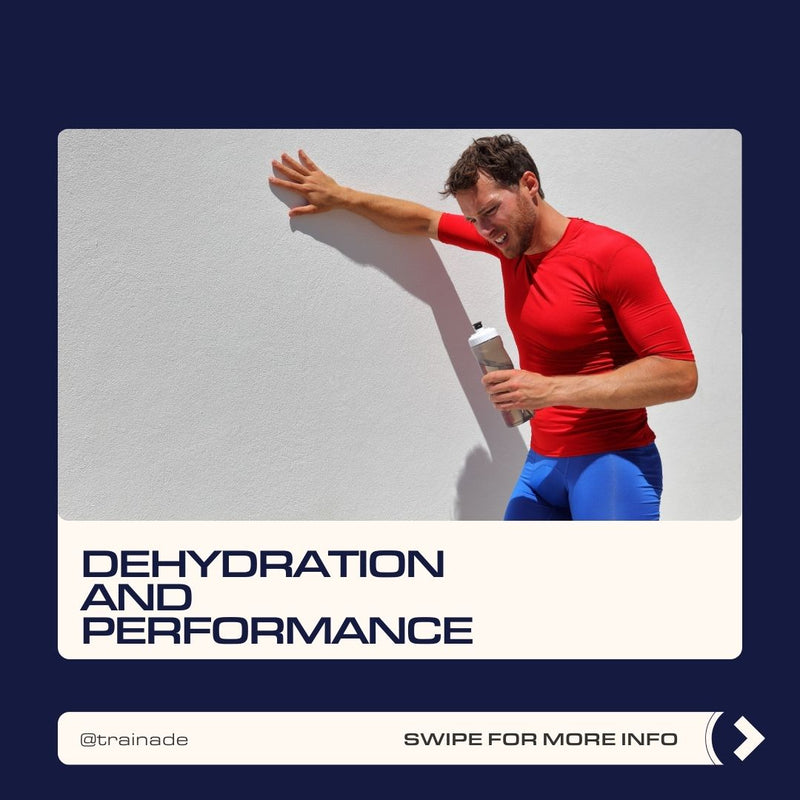Being able to replace the amount of water and electrolytes you lose during training is incredibly important for not only your performance, but your cognitive function and alertness outside of training. Studies show that only half of sweat loss is replaced most of the time during exercise [1] and being able to know how much you should actually be drinking during your training may go a long way in making sure that you can adequately rehydrate.
What are sweat rates?
A sweat rate is simply how much you sweat per hour of certain activities. These will differ largely depending on temperature, your heat acclimation, the intensity of activity and the type of activity. In addition to this, more advance sweat rate calculations will also show the amount of sodium you lose during exercise.
To give you an idea of what the sweat rates typically are for different sports, here’s the results of a 2019 study.
|
Sports |
Sweat Rate (L/hr) (Mean +- Range |
Sodium per litre of sweat (mmol/L) |
|
American Football [2] |
1.51 ± 0.70 |
36.2 ± 11.4 |
|
Endurance [2] |
1.28 ± 0.57 |
39.9 ± 9.8 |
|
Basketball [2] |
0.95 ± 0.42 |
35.4 ± 11.2 |
|
Soccer [2] |
0.94 ± 0.38 |
36.1 ± 11.9 |
|
Baseball [2] |
0.83 ± 0.34 |
33.0 ± 9.9 |
|
CrossFit [3] |
1.59 ± 0.34 |
N/A |
|
Netball [4] |
0.98 ± 0.35 |
N/A |
|
Squash [4] |
2.37 ± 1.0 |
N/A |
|
Tennis [4] |
1.60 ± 0.95 |
N/A |
|
Water Polo [4] |
0.29 ± 0.08 |
N/A |
Although this data gives us a good idea of the general amount of sweat requirements each sport will have, each individual will still have their own unique sweat rate determined by multiple factors. Therefore, although this is a good start to go off of, you can optimise your performance and hydration strategies even more by calculating your own sweat rate.
How do you calculate your own sweat rate?
To find your own sweat rate, weigh yourself before and after training and note how much fluid you drank during the session. From here, calculate how much sweat you lost and convert that into litres per hour.
(sweating rate = pre-exercise body weight - post-exercise body weight + fluid intake - urine volume/exercise time in hours)
To find out your rate of salt loss, consider taking a professional sweat test. For a more basic approach, if you notice your shirt or cap has salt stains on them after training, it is likely you are a high salt sweater.
References (DOI)
[1] 10.3390/sports5020028
[2] 10.1080/02640414.2019.1633159
[3] 10.5923/j.sports.20211102.01
[4] 10.1002/cphy.c100082




